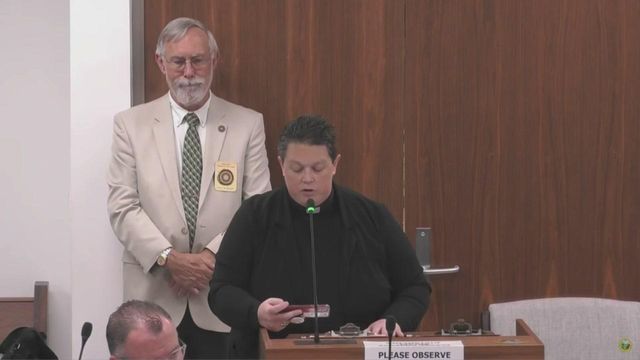Drone safety 101: What to know before your new 'toy' takes flight
Got a drone for Christmas? They're not as simple to operate as they look. Make sure you know these rules and safety guidelines before you operate your drone.
According to James Pearce with the North Carolina Department of Transportation, the most important rule is: Don't fly your drone too high.
"We've seen reports of people flying drones at 8, 9, 10,000 feet," Pearce said. "That's like driving 200 miles an hour down a residential street. It's reckless and unsafe."
To operate a drone recreationally, users must register it with the Federal Aviation Administration if it is over 0.55 pounds.
Anyone operating it for commercial use needs to go through a training program and get a license from the FAA and a permit from the state.
Pearce said flying high is unsafe because it could put a manned aircraft at risk.
"A drone is a lot of fun, you can do a lot of things with it," Pearce said. "But it's a responsibility. You are operating an aircraft."
The NCDOT's guidelines for flying drones safely include:
- Always fly below 400 feet
- Always keep the drone in sight
- Don’t fly at night
- Don’t fly within 5 miles of RDU
- Don’t fly over prisons or crowds
- Respect people’s privacy
"As long as you're doing these things, you're operating legally and you're good to go," Pearce said. "You need to treat it with respect, and you need to fly responsibly to keep yourself safe and everybody else."
Officials said, although only a handful of people were warned or cited for violating drone regulations in 2019 in North Carolina, the consequences can be serious.
"If you're flying too close to an airport or too high, you could see jail time or a $250,000 fine from the FAA," Pearce said.













